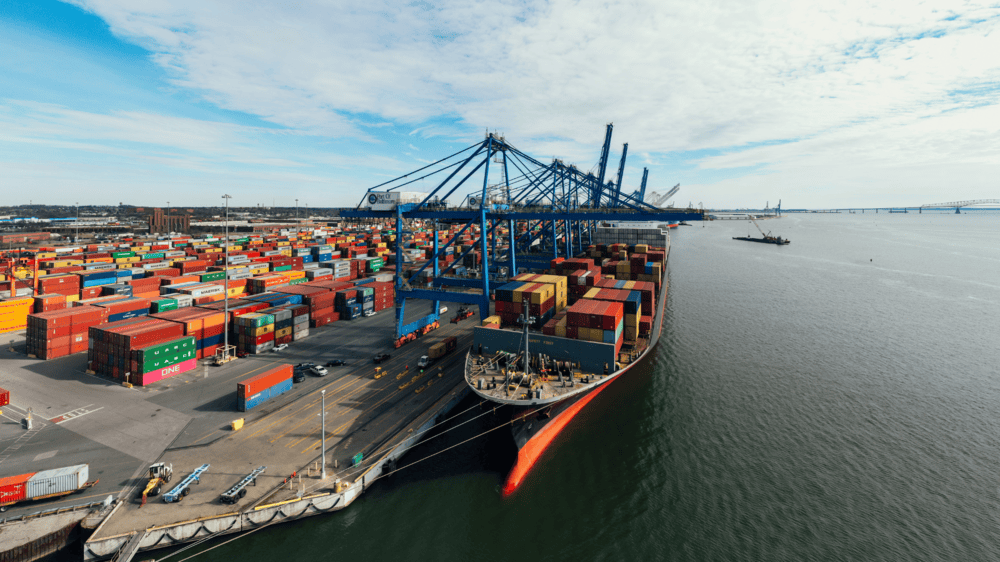The Motor Vehicle Industry in South Africa: Challenges, Prospects and Opportunities
Motor industries across the globe are driven by innovation. South Africa’s motor industry is actively pursuing innovation initiatives to remain competitive. A good example is the partnership between the Council for Scientific and Industrial Research (CSIR) and the Automotive Industry Development Centre (AIDC), established to advance the growth and development of South African automotive manufacturing and to create a thriving industry ecosystem and contribute to economic growth, according to the CSIR website.
Who Owns Whom’s report on the motor vehicle industry in South Africa highlights that this industry is one of the largest manufacturing sectors in the country’s economy, and its far-reaching impact on peripheral businesses. This is something that requires close attention by government and requires policies that enable the industry to thrive, particularly considering the dramatic shift taking place in motor vehicle manufacturing worldwide.
Transition to electric vehicles and ethical considerations
The transition to electric vehicles has had its ups and downs, from over-optimistic initial projections to more realistic outcomes, translating into the sales curve being less steep than anticipated. Nevertheless, the direction and momentum will continue, albeit over a longer period than initially thought.
The impact on car manufacturing is stark. Production methods for electric cars are drastically different from traditional internal combustion engine (ICE) cars.
The timeline for South Africa to make a meaningful transition to electric vehicles is much longer than in the developed world, especially Europe.
This transition needs to be balanced with environmental and ethical issues associated with mining for lithium, cobalt, and nickel that are used in batteries, including deforestation, water pollution and exploitative labour practices.
The transition may also allow the country to develop its proprietary automotive brands and or technologies
Barriers that hinder the motor industry’s ability to thrive
South Africa is still grappling with electricity supply. To power up, say, 20-30% of its vehicle fleet would require investment in additional electricity generation and in retail infrastructure (public load stations) to make electric vehicles a convenient and/or attractive offer. The first issue is Eskom’s very constrained capacity with no prospect of significant additional generation being available in the near future. The second relates to population and car ownership density.
Population densities and car ownership, which determine return on infrastructure investment, in European cities far outweigh South African urban centres:
| City | Population /km2 | Country | Population /km2 | Car ownership /1,000 |
| Paris | 21,498 | Netherlands | 521 | 588 |
| London | 10,260 | UK | 277 | 632 |
| New York | 29,303 | US | 147 | 860 |
| Johannesburg | 2,900 | South Africa | 49 | 178 |
There are several headwinds In South Africa. Several new models have entered the car market, mostly from China. In 2024, Chinese car manufacturers flooded the market with imports, grabbing a significant market share at the expense of locally-produced cars due to low prices compared to traditional locally-manufactured brands.
Additionally, car ownership remains expensive and elusive for many. The price of a Toyota Corolla in South Africa equates to 1.81 times the average annual salary against 0.3 times the average annual salary in the US.
Car exports
Importantly, South African car manufacturing is dependent on exports which account for about 65% of total manufacturing. With the global shift toward electric vehicles, demand for ICE vehicles will decrease dramatically in future. The South African car manufacturing industry needs to make the necessary investments in electric vehicles to meet the demand in the export markets.
The imminent closure of ArcelorMittal’s long steel business poses a threat to this important industry. Urgent action is required from government, given that the supply disruption to the car industry will be woeful if nothing is done to rescue the business. This is like the late-in-the-day salvation of the Sapref refinery which closed in 2022. With its impact and economic value now understood, an expensive re-opening solution is under consideration.
Tectonic shifts do not happen often. The transition to electric vehicles is one of them. It requires big investments and retooling to maintain manufacturing competitiveness. If capacity is established elsewhere, South Africa will find it difficult to attract investment in local manufacturing.
Contact us to access WOW's quality research on African industries and business
Contact UsRelated Articles
BlogCountries South AfricaTransportation and storage
Africa’s Ports and Harbours: Driving Trade and Growth Across the Continent
Contents [hide] Ports and harbours have evolved from the days when they merchants would display their crafts and fishermen would bring their daily catch, socialise over coffee and exchange their...
BlogCountries South AfricaTransportation and storage
The Status of Road Infrastructure in South Africa
rail and road passenger journeys per year
BlogCountries South AfricaTransportation and storage
Post Office vs Private Couriers: What’s Next for SA?
Contents [hide] The South African Post Office (SAPO) has largely fast-tracked the development of private sector courier services through its failure to provide efficient services. With the rise of e-commerce...





